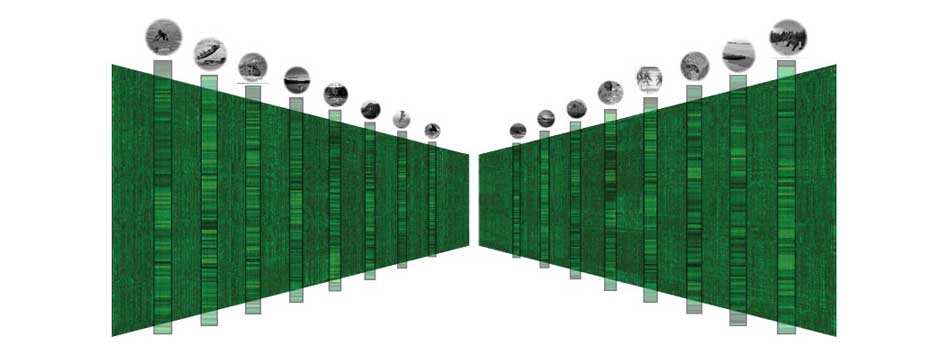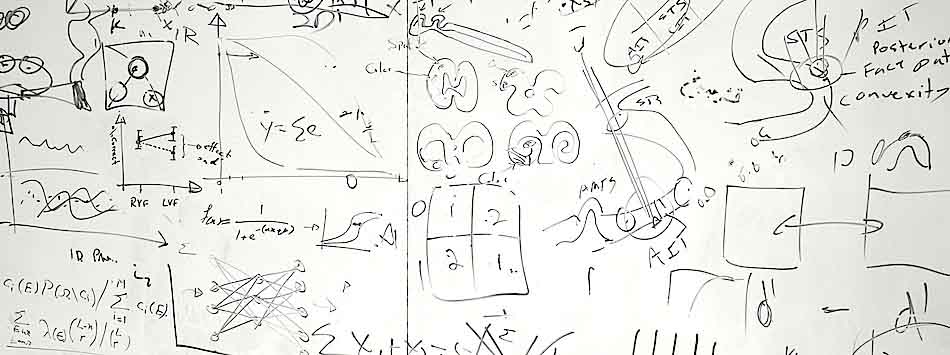How do you recognize the faces of your loved ones? The words on this page? The cars, bikes and pedestrians as you contemplate crossing the street? How do you predict what will happen next in that dynamic visual world and where and when it is safe to cross? These are remarkably sophisticated information processing capabillites that our brain carries out all the time in a seemingly effortlessly way, but the underlying mechanisms are only partially understood. Our team's research goal is to understand the neural mechanisms of human visual intelligence. We undertake this work in the service of the public and we believe that the scientific understanding we seek will improve the world.
You are welcome here.
All of us working and learning in the DiCarlo Lab seek to foster a respectful and caring lab environment where each individual is welcome, included and heard, regardless of their job title, background, race, age, gender identity, language, abilities/disabilities, sexual orientation, socioeconomic status, personal beliefs, and other identities. We are all colleagues and we respect and support each other. We represent a diversity of backgrounds and opinions, we believe that diversity makes us stronger as a team, and we constantly seek to increase that diversity. If you are interested in learning more about our research and potentially joining our team, we want to hear from you. Please see here for helpful guidance on how to connect with us — we are eager to hear from you! We also encourage you to read through our lab team norms and values to which we all strive to uphold.
Why do we do this research?
Visual processing is central to human quality of life and human well being. We believe that the scientific understanding we seek will illuminate novel ways to ameliorate brain disorders via sensory modulation, will guide the development of visual prosthetics to restore lost vision, will guide the development of new human-like AI systems, and will provide a scientific basis for predicting how molecular approaches might or might not be used to repair lost or disrupted visual abilities. Because visual intelligence is a critical component of much of human cognition, the understanding we seek will also be foundational to a complete scientific understanding of memory, planning, reasoning, decision and action.
Looking beyond visual mechanisms, because the key cortical circuitry is similar in all sensory brain areas, the computational algorithms we aim to discover will also contribute to an understanding of how the brain processes other sensory infromation, such as tactile and auditory information. Similarly, this has the potential to expose computational strategies that can be abstracted away from the confines of our own sensory apparatus – potentially enabling the construction of entirely novel data processing technologies.

